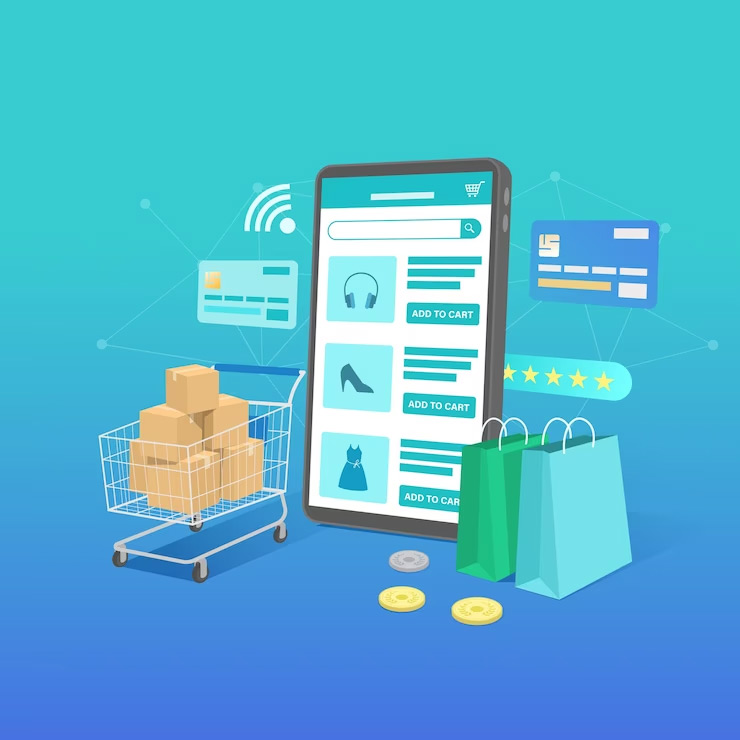With the advancing modern era, where the world is shifting rapidly, businesses have transformed significantly. The transactions of goods and services have been prevalent for centuries. Before the arrival of electronic media, trade continued with the buyer and seller in person. However, the advent of technology has brought about revolutionary changes in the field of commerce, and e-commerce is one of the most prominent examples of it.
E-commerce has transformed business techniques, creating a new dimension in the world.
E-commerce refers to the buying and selling of goods and services through the internet. It is a virtual marketplace where buyers and sellers interact with each other, and transactions take place electronically. It has brought about a tremendous shift in business performance, changing traditional brick-and-mortar stores into virtual stores.

The history of E-commerce dates back to the 1960s with the introduction of electronic data interchange (EDI). EDI was the first step towards electronic commerce, and it involved the exchange of business documents like invoices, purchase orders, and shipping notices between two companies. However, it was in the 1990s that the real revolution in e-commerce came to the fore with the advent of the World Wide Web.
Opening up new avenues for businesses to reach out to their customers, e-commerce has created a global marketplace where they can sell their products to customers from any nook and corner of the world. It has removed the geographical boundaries that existed in yesteryears as it has made it possible for businesses to reach a larger audience.
An E-commerce website allows businesses to sell products or services online directly to consumers without any requirement for a physical store- it is an online store where customers can browse and purchase goods or services using their computer or mobile device. E-commerce websites typically offer a variety of features, such as product catalogs, shopping carts, payment processing, and order tracking.
E-commerce has become increasingly popular recently as more consumers turn to online shopping for convenience and flexibility. The websites can range from small, single-product stores to big, online marketplaces that sell a wide range of products from multiple vendors. Many websites also offer various promotional deals, discounts, and loyalty programs to attract and retain customers.

E-commerce is a rapidly growing industry that has changed how people buy and sell goods and services. Online shopping has become the norm for many consumers, and e-commerce websites offer a vast selection of products and services that cater to various needs and interests. Here are some of the most common types of products and services sold via e-commerce:
E-commerce tracking metrics are crucial to understanding your business performance and identifying areas where you can improve. By analyzing these metrics, e-commerce businesses can gain valuable insights into their customers' behavior, identify trends, and make data-driven decisions to optimize their online stores.